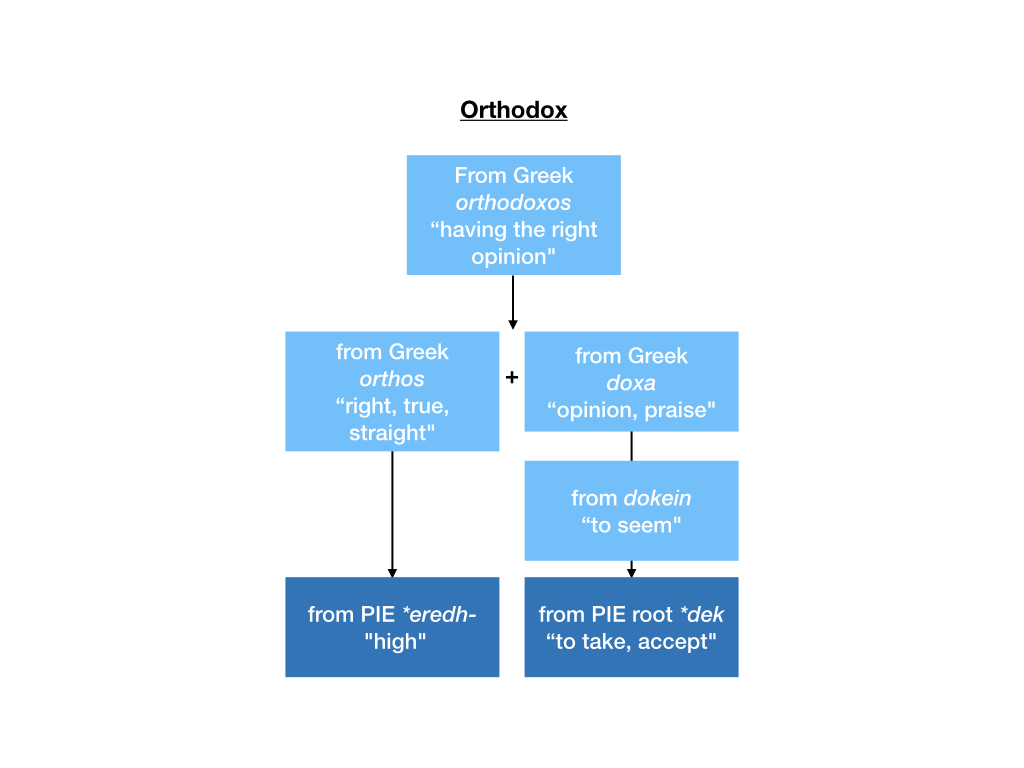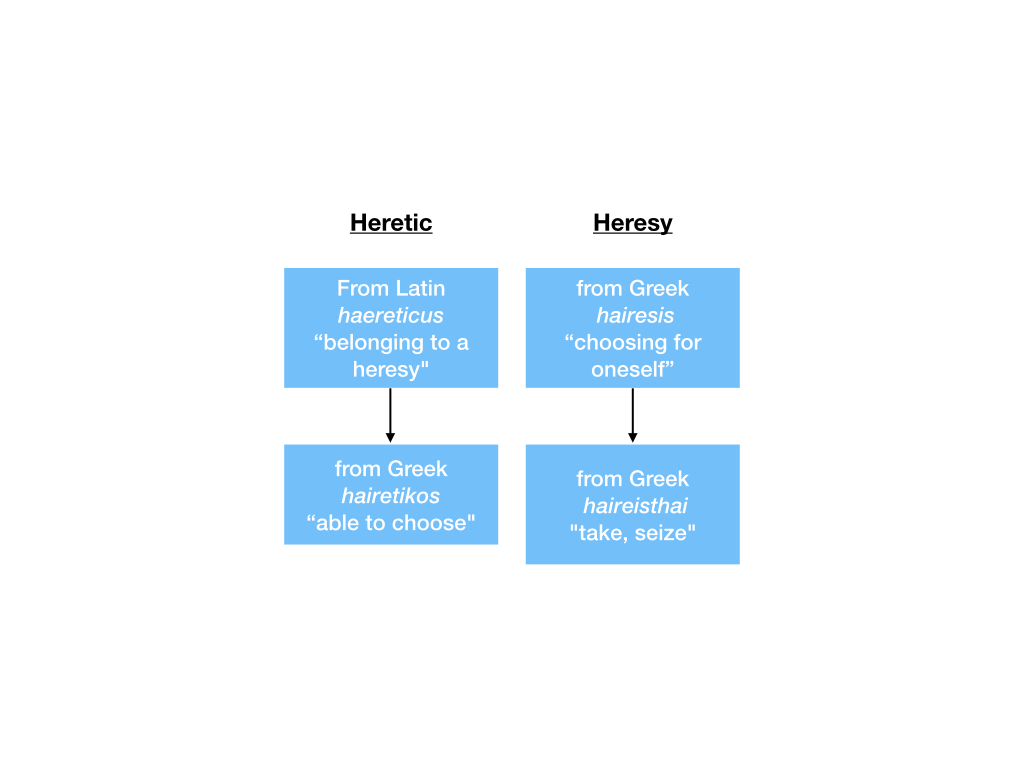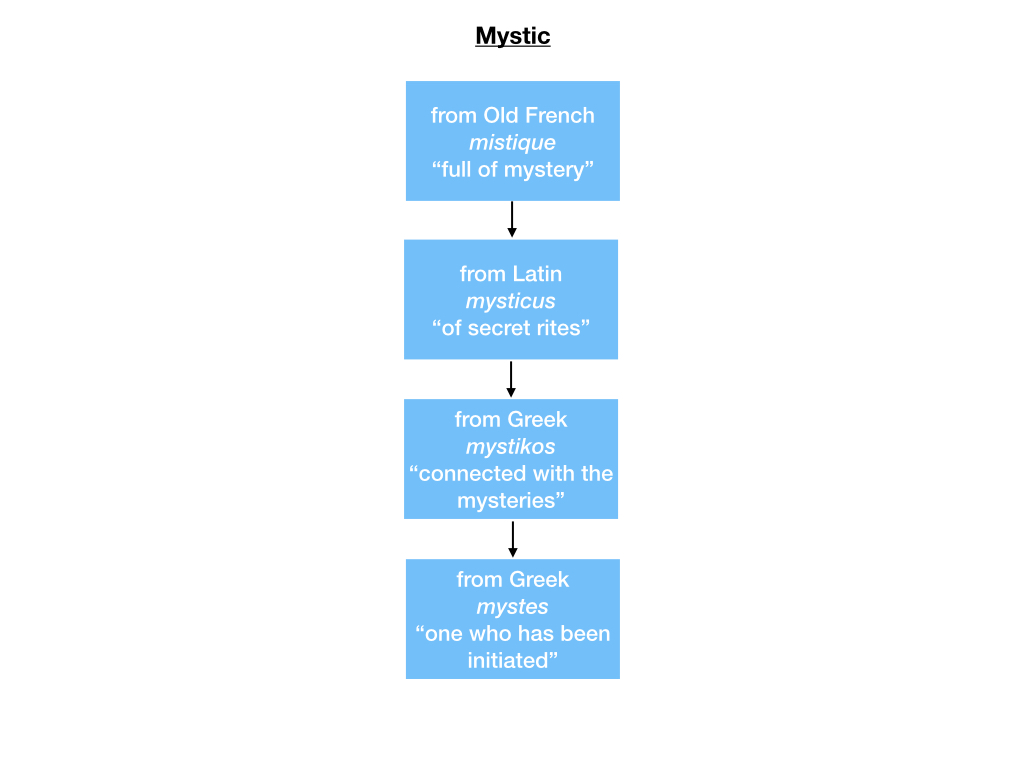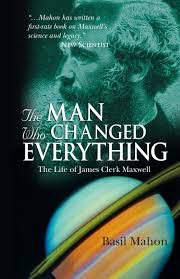



Ideas realized
List of key bias per Munger:
Where a “cognitive bias is a systematic pattern of deviation from norm or rationality in judgment. Individuals create their own “subjective reality” from their perception of the input”
Video of full speech: 1hr16m (Youtube)
Transcript (www.fs.blog)

Spotify Playlist: Judgment Night… plus
The use of genres to categorize music, much like the use of taxonomy for the classification of organisms, provides a handy framework but is not without its faults. The shaky scaffolding buckles under the strain of classifying musicians and music that defy or destroy classification with no regard for external constraints.
Those of us coming of age before the commercialization of the internet, in that twilight period when the tape cassette passed into shadow and the CD ascended , movie soundtracks served as a playlist of sorts.
One need look no further than a Quentin Tarantino soundtrack to find some of the best playlists ever created. But where Tarantino movies are both visually and sonically part of my cultural fabric, the movie “Judgement Night” (1993) has all but faded from my visual memory banks. But the soundtrack, that is a different story.
The “Judgement Night” soundtrack was an experimental collaboration between rock and hip hop artist who largely kept to their overarching genre with a few exceptions. It is one of the jewels in the crowing achievements of rap-rock
As stated earlier tracing the lineage of any genre in music is fraught with challenges. But one of the earliest known fusions of rap and rock can be found listening to “Year of the Guru “ (1968) by Eric Burdon & the Animals.
Over a steady bassline, Burdon does not so much sing but speak his lyrics :
Now here I sit in a state-run asylum Limitless, friendless but much more together I decided to do some good book readin’ About the art of people leadin’
The following year The Stooges released their debut single “I wanna be your dog” off of their self-titled debut album. The song features Iggy Pop as he walks the narrow line between traditional singing and the rhythmic speech delivery that defines rap:
And now I’m ready to close my eyes And now I’m ready to close my mind And now I’m ready to feel your hand And lose my heart on the burning sand
The Stooges contribution to the rap-rock hybrid are arguably minimal but they were part of the burgeoning garage-rock/protopunk scene and they along with their peers (The Velvet Underground, The New York Dolls, MC5, The Sonics ) undeniably pushed rock toward more experimentation, smashing rock into its fundamentals components and ushering the eventual emergence of punk.
Punk and early rap shared a common ethos that of being raw, emotional, and honest. Music was the weapon of choice for the masses and it was more accessible then many had realized.
Rap would appear in New Wave with songs like “Crosseyed and Painless” by the Talking Heads and in the Post Punk scene in “Wedding Song” by The Psychedelic Furs. The hard rock band Kiss would use rap in “All hell’s breaking loose.”
Meanwhile hip-hop artist were experimenting with rock in rap. The year 1984 smashed the walls of genre-binding with the release of Run-DMC’s “Rock Box” which utilized rock infused guitar rifts. The Beastie Boys dropped “Rock Hard” sampling AC/DC’s “Back in Black.” LL Cool Jay went heavy, merging hard rock with his lyrics and scratch. That year also saw The Red Hot Chili Peppers release their debut self-titled album, they would go on to push the rap-rock envelope infused with funk in subsequent releases.
The following year, 1985, an Aerosmith and Run-DMC collaboration, “Walk This Way,” essentially a rerelease of an Aerosmith song , exploded into the mainstream. It is considered the first rap-rock song to reach the “top ten” of the Billboards.
From there, Sugar Ray would merge rap-rock with nu-metal on several songs and collaborations. The sound would fuse with thrash-metal in “I’m the man” (1997) by Anthrax.
On the rap-front Public Enemy were dropping anthems of the genre with “Bring the Noise” and “She Watches Channel Zero” On “Bring The Noise” Flavor Flav and the crunch of heavy guitar and driving drums, provided by Anthrax, promise to bring the noise and Chuck D does so with some of the slickest delivery regardless of genre:
Never badder than bad cause the brother is madder than mad At the fact that's corrupt as a senator Soul on a roll, but you treat it like soap on a rope Cause the beats and the lines are so dope Listen for lessons I'm saying inside Music that the critics are blasting me for They'll never care for the brothers and sisters Mow, cause the country has us up for the war
The tag-team battle-royal raged, and the alternative metal band Faith No More (which “paved the way for Nirvana” according to Nirvana’s own bassist Krist Novoselic) pushed the sound even further .
And then Rage Against The Machine dropped their bombshell, their self-titled debut (1992). Fronted by poet and activist Zack de la Rocha, Rage pushed the sound even further but also inherited the raging rebellious spirit opposing oppression from which rap had emerged. rap-rock categorically declared itself as a force to reckon with. And it manifested as sonic energy in songs like “Take The Power Back” by Rage Against the Machine:
Step back, I know who I am Raise up your ear, I’ll drop the style and clear It’s the beats and the lyrics they fear The rage is relentless We need a movement with a quickness You are the witness of change And to counteract We gotta take the power back
And so we have come full circle and back to “Judgment Night.” Rage collaborated with the metal band Tool for the soundtrack and produced “Can’t Kill the Revolution.” Unfortunately, the song fell short of the expectations from both bands and was never officially released.
But what we did get was an album of historical significance in rap-rock, rock and rap. The album itself broke through the top 20 on the Billboard 200 and four singles were released . And at the heart of the genre (rap-rock), at the heart of the album “Judgment Night” and at the heart of the song “Judgment Night” by Biohazard and Onyx. Perfect summation:
Onyx! Watch me wreck shit as they exit But yo I keep em hollerin', screamin' out for mercy Minds of a lowest of enemies, ghetto mentality So blast it as I hit your head you're dead not disbelievin' Got the toxic rock, to bring a nigga biohazard!
As warned this is an incomplete history but we cannot close without acknowledging the contributions of the genius producer Rick Rubin, not only to this genre but modern music production in general.
You can hear many of the songs and albums discussed below:
Spotify Playlist: Judgment Night… plus
Beastie Boys – Rock Hard (Youtube)
Tool & Rage Against The Machine – Revolution (2014 Remastered) (Youtube)
“Judgment Night” tracks:
| No. | Title | Artist / Performer | Length |
|---|---|---|---|
| 1. | “Just Another Victim“ | Helmet and House of Pain | 4:23 |
| 2. | “Fallin’“ | Teenage Fanclub and De La Soul | 4:28 |
| 3. | “Me, Myself & My Microphone” | Living Colourand Run DMC | 3:10 |
| 4. | “Judgement Night” | Biohazardand Onyx | 4:35 |
| 5. | “Disorder” (Medley of 3 Exploited songs: “War”, “UK ’82”, and “Disorder”) | Slayer and Ice-T | 4:58 |
| 6. | “Another Body Murdered“ | Faith No Moreand Boo-Yaa T.R.I.B.E. | 4:24 |
| 7. | “I Love You Mary Jane” | Sonic Youthand Cypress Hill | 3:52 |
| 8. | “Freak Momma” | Mudhoneyand Sir Mix-A-Lot | 4:00 |
| 9. | “Missing Link” | Dinosaur Jr.and Del the Funky Homosapien | 3:59 |
| 10. | “Come and Die” | Therapy? and Fatal | 4:27 |
| 11. | “Real Thing” | Pearl Jam and Cypress Hill | 3:33 |
INTRO:
This series takes inspiration from a few influences but it pays homage to one. Growing up I was a huge fan of James Burke’s “Connections” series and his show “The Day the Universe Changed.” The genius of Burke was the way he retold history as a series of intertwined and dependent discoveries and events. I would time and again be mesmerized by the revelation that vastly different occurrences in human history were indirectly related but it was even more fascinating to see how discoveries could change our collective perceptions of understating.
I in no way can approximate the charm and genius of Burke I can only acknowledge his influence and carry on as he taught me… to explore history not as a direct linear path but as a circuitous set of events.
Every article will pick a person, an event, a discovery an invention and choose from a long list of other people, events, discoveries or inventions that make the first possible. We will do that again and again backwards and forward through human history.
Thank you, James Burke.
Episode 1: Maxwell’s house
This episode was written using my personal “smartphone”. The smartphone is a marvel made possible through the confluence of science, technology, engineering, math and art. The iPhone and other smartphones like it place immense computing power and immediate access to the repository of all human knowledge into the palm of our hands. With a connected smart phone in hand there is almost nothing you can’t look up within seconds, from the current weather in Edinburgh, Scotland – a Sunny 20 degrees celsius to the current federal debt of the United States updated by the second- over $26.7 trillion and counting as of this writing.
To borrow loosely from Aladdin’s Genie, “Phenomenal cosmic powers [in an] itty bitty space!”
You may be familiar with the history of the iPhone and how Apple was able to change forever the telecommunications business by introducing the first consumer friendly smartphone. But before Apple’s iPhone cellular manufactures, also referred to as OEMs or Original Equipment Manufactures, marketed their devises directly to the Telecom Carriers. In many ways the carriers would dictate what features would go into a phone. What Apple did instead was target the end-user consumer and offered Cingular Wireless, later renamed AT&T Mobility, exclusivity. Apple was able to command a “take it or leave it” set of terms and conditions retaining complete control over the design, manufacturing, and marketing of the iPhone. As part of that deal Apple was able to introduce WiFi into the cellular market when the first iPhone released in the US in June 2007.
It’s not hard to imagine why the TeleComms were reluctant to bring to market a WiFi enabled phone. Up until then all data, including voice, had to traffic over the cellular network, controlled and tolled by the TeleComs. With WiFi a phone’s data could bypass the TeleCom metered cellular networks and access the internet directly through a personal wireless network. And Wi-Fi networks were increasingly made available at home, work and in public.
What you may not realize is that WiFi is actually certified trademark owned by the WiFi alliance, a consortium of member and sponsor companies. The WiFi trademark applies to a set of international standards maintained by the Institute of Electrical and Electronics Engineers, a professional association that’s adopted the motto “Advancing Technology for Humanity.” Collectively the standards the Wi-Fi trademark represents are known as the IEEE 802.11. It is suffice to know that The 802.11 set of standards define specifications for implementing wireless local area networks, WLANs.
The very technology that makes it possible to connect a devise such as an iPhone to a Wi-Fi network is the same as which connects a cell phone to a cellular network.
We barely even think about it but the antenna is probably the oldest and single most important technology that enables any smartphone. Look around you right now and try to identify all the antennas in your immediate presence. I would wager you miss more than a few. If you are near a newer iPhone there are at least two antennas in it alone. If you are near a modern computer it uses antennas to connect to both WiFi networks and Bluetooth devises. If you use a Bluetooth mouse or keyboard well guess what… And those are just the obvious ones. Even if you are hardwired to the internet the data you send and or receive at some point most likely was transmitted over the air using antennas.
Antenna’s work with radio transmitters and radio receivers to transmit and receive radio waves. To transmit an antenna simply converts electric power into radio waves and reverses that process to receive. The first known Antenna was built by the German physicist Heinrich Hertz in 1888. Hertz would change forever our understanding of the universe as his work with antennas would prove the existence of electromagnetic waves of which light itself as well as radio waves are a type of.
We will come back to electromagnetic waves shortly but for now, to understand radio waves it is important to understand the concept of a wave. Waves are oscillations or repetitions over time that transfer energy through space or mass. There are several features of a wave but for our discussion it is suffice to know that a wave is a series of crests and troughs. The crest being the highest point of a wave while the trough is its lowest. A waves frequency is the number of crests or troughs that pass a point during a set interval of time. Drop a stone in to water, the top of the ripples are the crest, the lowest point between the ripples are the trough, how quickly the waves are traveling outward are the frequency.
Radio waves travel at the speed of light at frequencies from 300 GHz to 3 kHz with wavelengths ranging from 1 millimeter or about (0.04 of an inch) up to 100 kilometers (or 62 miles). As you can probably guess the “hertz” in Gigahertz and Kilohertz is a unit of measure named in honor of our friend Heinrich Hertz. A hertz refers to a cycle per second, so a gigahertz is one million hertz per second and a kilohertz would be one thousand cycles per second.
Imagine a ripple of water not even and inch high now imagine a wave 62 miles high and you begin to realize the range of spectrum that constitute radio waves. But unlike waves of water which travel through mass radio waves travel through space at the speed of light, an important facet of radio waves if for example you are on a ship and want to communicate with other ships or with the shore without dragging cables as you crisscross the ocean.
So it was that on the night of April 15, 1912 the RMS Carpathia was crossing the Atlantic having set sail from New York on her way to Austria-Hungry. Onboard the Carpathia was Harold Cottam who was serving as the ship’s wireless operator, a relatively new job function in the shipping industry.
At the time, wireless operators communicated using Morse Code. Morse Code simply codes the individual letters of the alphabet as well as the first 10 decimal numbers into a series of dots and dashes that could be readily sent over telegraph and eventually wireless telegraphy. For example the letter “S” was represented by three dots (…). The letter “O” was three dashes (—). The repeating sequence of thee dots, three dashes and again three dots constituted “SOS” which in 1906 was codified as the international signal for distress.
Morse Code was developed by Samuel Morse an American painter of some renown who in 1811 gained admittance into the Royal Academy. While on commission in Washington, DC Morse received a message from his father delivered by a messenger on horseback. The message essentially informed Morse that his wife was recovering from an illness. The very next day a second messenger arrived to inform Morse of his wife’s sudden death. Leaving immediately Morse would not get home to New Haven, Connecticut until after his wife’s burial. Those events would lead Morse to explore means of faster long distance communications.
Morse would go on to develop Morse Code and the pairing of Morse Code and telegraphy allowed for immediate communications over vast distances. Even with wireless telegraphy ship-to-ship communications sometimes relied on third parties to relay messages over immense distances but considering that ship-to-ship and ship-to-shore communications historically relied on line-of-sight and to some extent sound you can realize how revolutionary wireless communications was.
That brings us back to Cottam, it was a morse code message he received broadcast from Cape Race, Newfoundland the night of April 15, 1912. The message asked him to further relay a set of messages to the RMS Titanic. At the time, Titanic was herself steaming east in the North Atlantic toward New York having set sail from Southampton, UK on her maiden voyage. Cottam contacted the Titanic but received back an unexpected reply. The Titanic replied with a repeating three dots, three dashes, three dots. Titanic was sending an SOS message.
Onboard the Titanic were two wireless operators, Jack Phillips and Harold Bride, neither of whom were employees of White Star Line the shipping company that owned the Titanic. Instead both Philips and Bride were employees of the Marconi International Marine Communication Company.
Though it was Cottam that received the Titanic’s SOS and it was he who rose his captain from sleep so that the crew of the Carpathia could pluck from the ocean over 700 of Titanic’s passengers, rescuing them from certain death it was Guglielmo Marconi who was given the credit. In the words of the British postmaster-general at the time “Those who have been saved, have been saved through one man, Mr. Marconi…and his marvelous invention.” An interesting side note, Marconi was actually offered free passage aboard the Titanic but fortunately for him he choose to sail across a few days earlier aboard RMS Lusitania… Yes, that Lusitania.
So what was Marconi’s marvelous invention the post master general alluded too? Nothing other than the wireless telegraph also called the radio telegraph or simply the radio.
Born in Italy April 25, 1874 Marconi would eventually win the the Nobel Prize in physics for his contributions toward the development of wireless telegraphy. Marconi would pick up on the works of our old friend Heinrich Hertz and make viable commercial radio by developing what is considered the first practical radio receiver and transmitter.
You remember Hertz, right? The inventor of the antenna and the one to prove the existence of electromagnetic waves? We keep circling back to Hertz and it may seem he is the focus of this article but where Hertz may have proven the existence of electromagnetic waves it was the a man of understated genius that predicted them.
And who is this hero of the day? Someone you very well may not have even heard of but who’s achievements make possible our modern world. A person who’s contribution’s are as important as those of Isaac Newton and Albert Einstein when it comes to our current understanding of the universe and how it works.
It would be all but impossible to overstate the achievements of James Clerk Maxwell.
His contributions are many and immense that it is hard to choose where even to begin when discussing Maxwell and so I think we shall start with some of his poetry…
“An inextensible heavy chain
Lies on a smooth horizontal plane,
An impulsive force is applied at A,
Required the initial motion of K.”
Those are the first few stanzas of Maxwell’s poem “A Problem In Dynamics.” A poem about the laws of thermodynamics. Hard not to love this guy.
